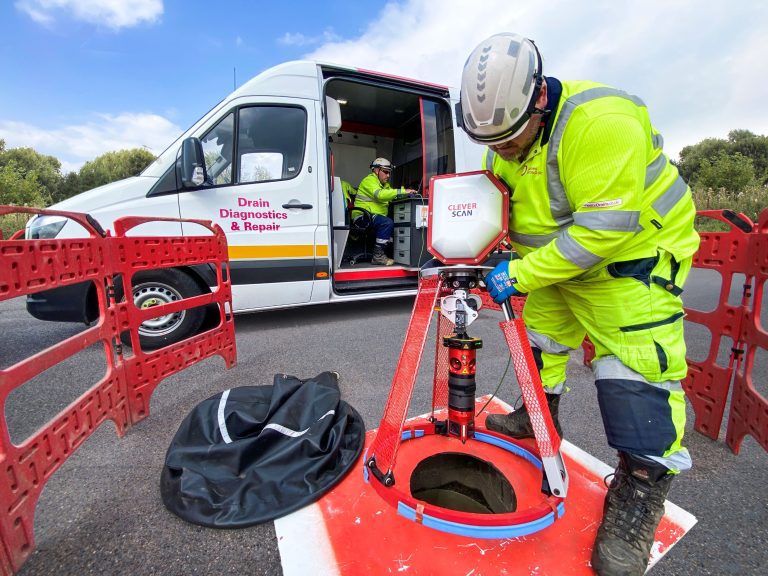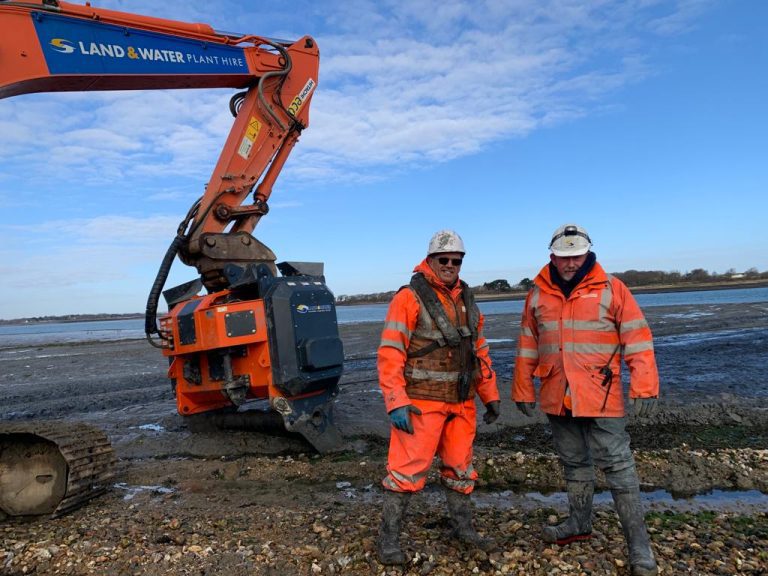Biophilic Living aims to bring nature into buildings in a meaningful and functioning way. It is a concept conceived and based on the ‘Wellness of Future Generations Act’, with seven of its principles forming the basis of the unique scheme. In order for one such scheme to be completed in Swansea, National Pile Croppers, a company proud of its own environmental credentials, assisted by supplying pile cropping expertise and equipment to the flagship development. Biophilic Living, is a UK first at bringing nature into our buildings in a meaningful and functioning way, being a concept based on the ‘Wellness of Future Generations Act’ with seven principles forming the basis of the scheme. This uses unique and innovative systems of energy from sustainable sources that deliver unparalleled levels of performance to housing occupiers, leading to lower energy cost that are low carbon in origin. Significant savings in carbon are also experienced from the reutilisation of an existing building, saving up to 40% in embedded carbon compared to an entire new build. Visionary Swansea development – Helix 21 The vision for Biophilic Living Swansea is to enable reconnection with nature in the urban environment, and the creation of a cohesive community to tackle issues of social exclusion and loneliness in an innovative way. Under the name of Helix 21, the project will allow residents to help run an urban farm as a social enterprise, with home grown produce consumed and sold locally. Biophilic Living is founded on research that shows that reconnecting with nature is essential to well-being, with positive community and health outcomes derived from living more closely alongside the natural world. In practical terms, Helix 21 will provide residents with access to roof spaces, glass houses, and the creation of a winter garden to meet and become involved in the growing of food for consumption, whilst also providing a meeting space that has panoramic views of Swansea Bay. The development, a first for the UK, has seen the pioneering project being awarded funding through the Welsh Government Innovative Housing Programme. It will trial a new, scalable model that is set to transform the way inner city housing in Wales is conceived and implemented. The project is a mixed use development that includes affordable and shared ownership housing, as well as retail and commercial space. It has been undertaken by Hacer Developments, being designed by Powell Dobson Architects in Swansea. The concept is the result of extensive collaborative working among a range of local organisations, including Swansea University, the Active Building Centre, Public Health Wales, Swansea Community Farm and Sero Homes Ltd. “There is an urgent need for housing and mixed use developments that are sustainable in terms of their environmental impact and economic viability, as a response to the climate emergency and to ensure greater resilience and well-being for urban communities. This project will prove what’s possible, showcase new technologies being developed locally, and blaze a trail for others to follow across Swansea city centre and beyond,” says Carwyn Davies, director of Hacer Developments. Environmentally friendly construction Given the nature of the Biophilic development in Swansea, construction techniques had to maintain the highest levels of environmentally friendliness. Any work had to keep disturbance to a minimum, be low emission, and crucially, have as little detrimental effect to the local habitat as possible. As concrete piles were used to form the substructure of the development, Helix 21 sought out a company with high environmental values to supply the necessary pile cropping equipment. To this end, Helix 21 engaged National Pile Croppers to not only advise on the most suitable solution for the pile cropping, but also supply the necessary equipment. “All in all there were 70 x 650mm diameter piles that required cropping over a six week period. Given the nature of the site, and the values of Helix 21 and the Biophilic Living scheme, we recommended the use of our Quad Large,” commented National Pile Cropper’s managing director Simon Price. “The Quad Large is a highly efficient pile cropper that could easily handle the work demanded of it in Swansea. Although highly powerful with efficient hydraulics, it can be used by a 16 t excavator, and is lowered over the top of the pile to the recommended height. The Quad then simply closes its jaws until the pile section pops free, ensuring that the reinforcement bars are straight for ease of removal, and that the broken pile section can then be lifted for removal. This means that any material from the pile can be easily recycled,” adds Simon. National Pile Croppers has placed a great deal of emphasis on developing its solutions to be not only highly efficient and effective, but also to be as environmentally friendly as possible. “The environment and the effective use of resources is very important to us and has been endemic to the company since its inception. The chance to be involved on such a scheme as the Swansea Biophilic Living development presented the perfect opportunity for us to put our values into action. We are all very proud to be associated with the scheme,” concludes Simon Price. Lower cropper Building, Design & Construction Magazine | The Choice of Industry Professionals














